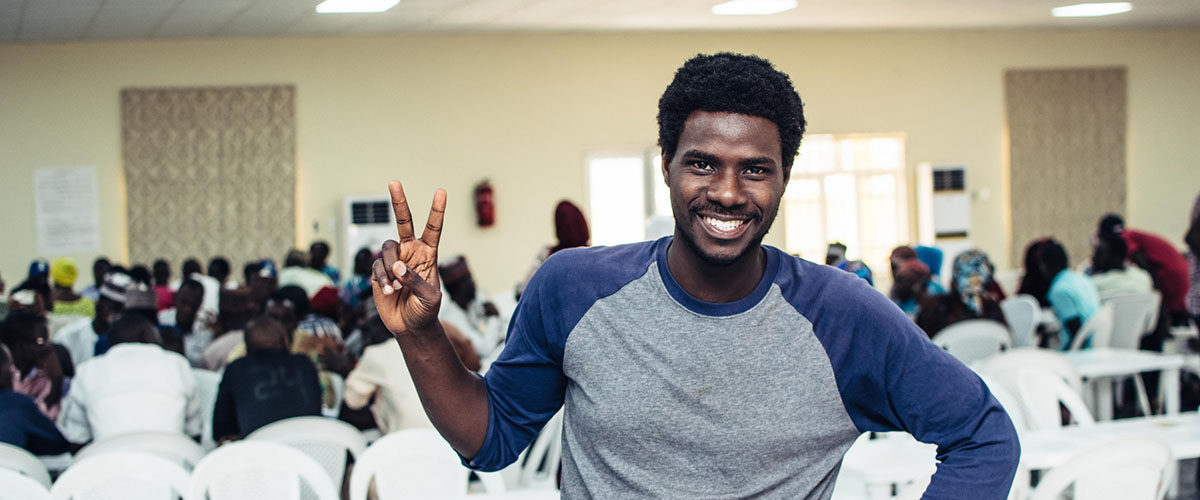In october 2012, when the Follow The Money Team were developing their website, little did they know that the hashtag #SaveBagega was going to reach a staggering 600,000 people from over 100 countries. Consequently, putting more pressure on the government of Nigeria to attend to the urgent need of this ailing community.
| Screenshot (Jan 26, 2013) of a hashtracking report on the hashtag #SaveBagega |
Bagega is a village community in Zamfara, Northern Nigeria, where 1,500 children awaits urgent medical attention for lead poisoning. “All we had in mind was to create a web platform integrated with social media tools, and write reports (Twitter, Facebook, YouTube and Storify) that could amplify the voice of these helpless communities” said Hamzat Lawal, co – creator of the non-profit group that advocates, tracks, and visualizes aid meant for local communities.
Everyday millions of hash tags are been created on Twitter for different reasons. “We were looking for a hash tag that could easily be related with the ailing community, and since this advocacy was directed to saving these children in Bagega, we decided to create #SaveBagega” affirmed Hamzat
| Screenshot (October, 2012) of the Follow the Money Website |
I have it on good authority that Mr President has approved the immediate release of funds to re-mediate Bagega.@yusufismail1 @xeenarh
— Sen. Bukola Saraki (@bukolasaraki) January 25, 2013
Recently, I was talking with some colleagues on how the internet not only make information open, but how it has become “a house of history” in 30 years from now, the children of Bagega will be opportune to read what struck their community, some years back, and what their leaders did to save them!
How much went to Federal Ministry of Mines and Steel? They said we will get that information before next meeting to #SaveBagega
— Follow The Money (@4lowthemoney) February 12, 2013
.“We will get back to you before the next meeting and try to make it public” says the representative of MMSD. All these were posted on their tweet handles for the world to see. On February 26, 2013, the MMSD announced in a press release that 158.3 million was received by their parastatal to encourage safer mining in Zamfara.


